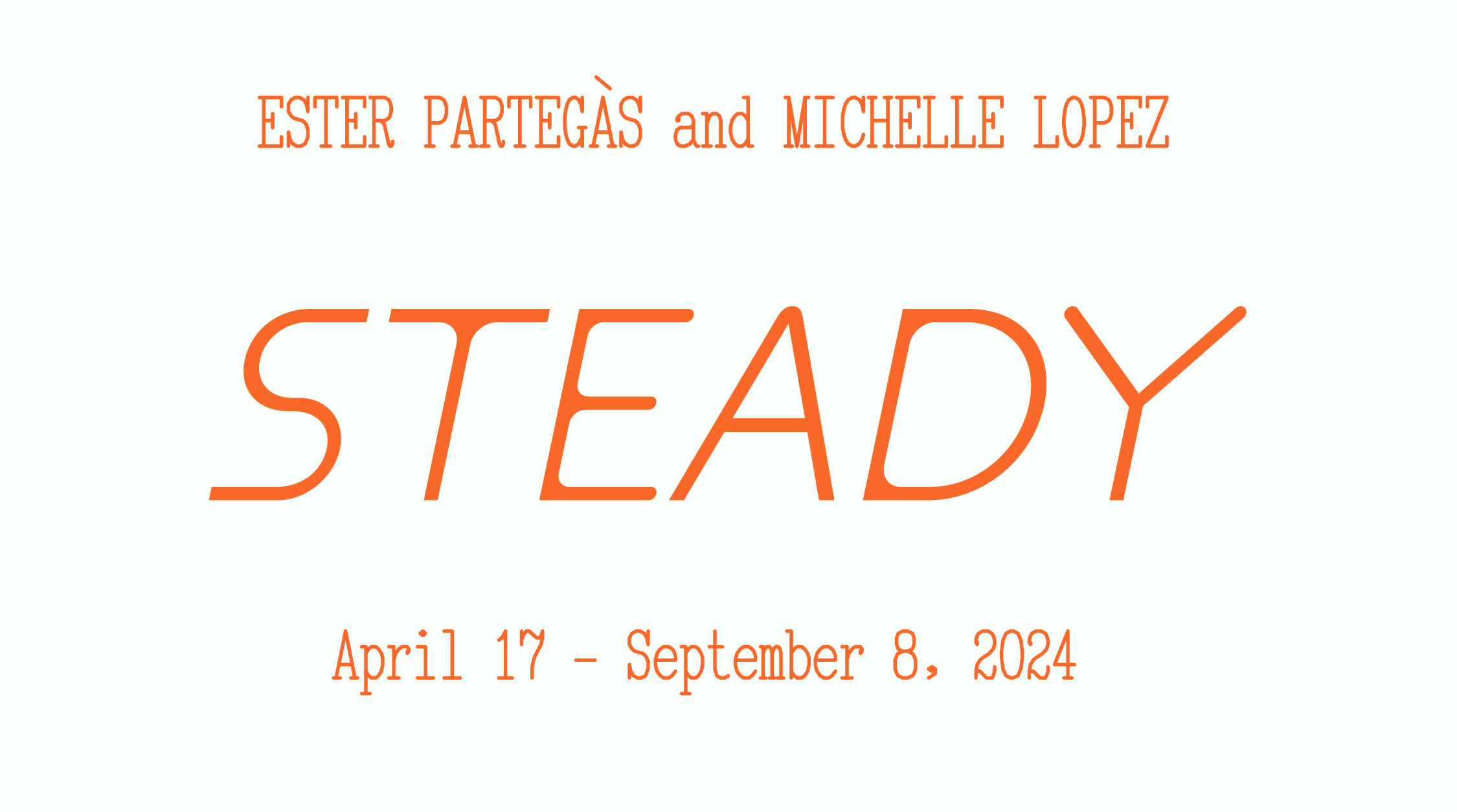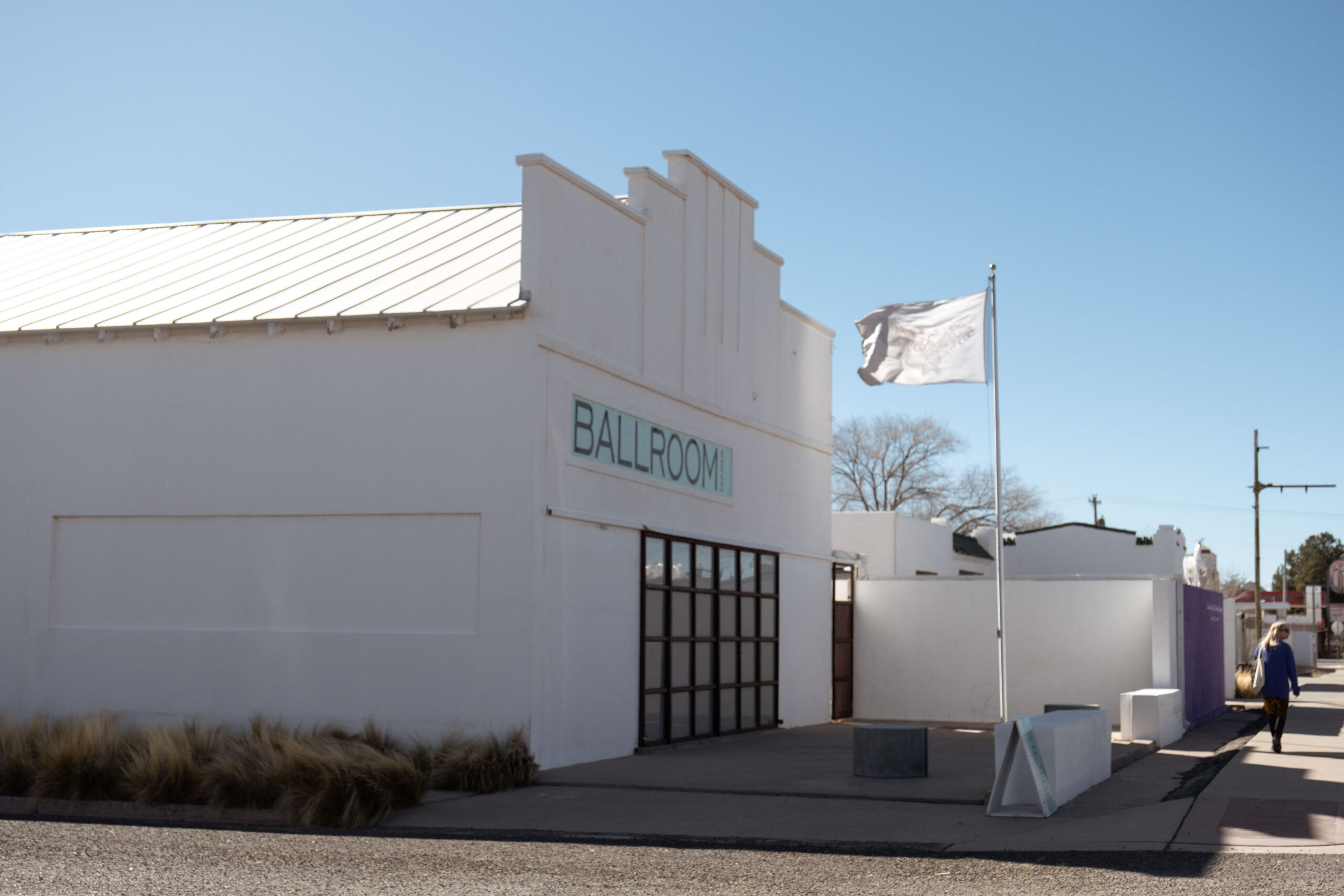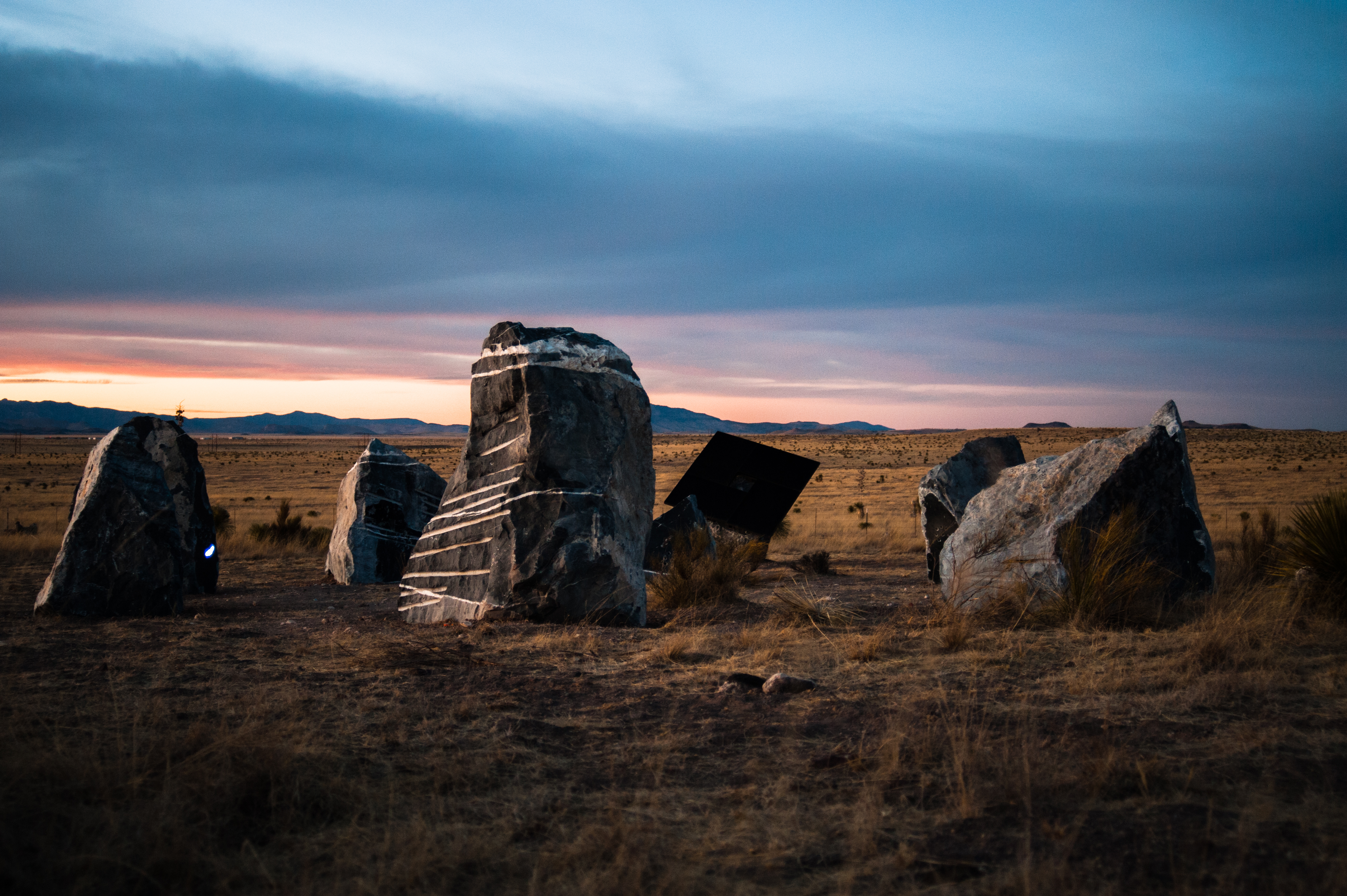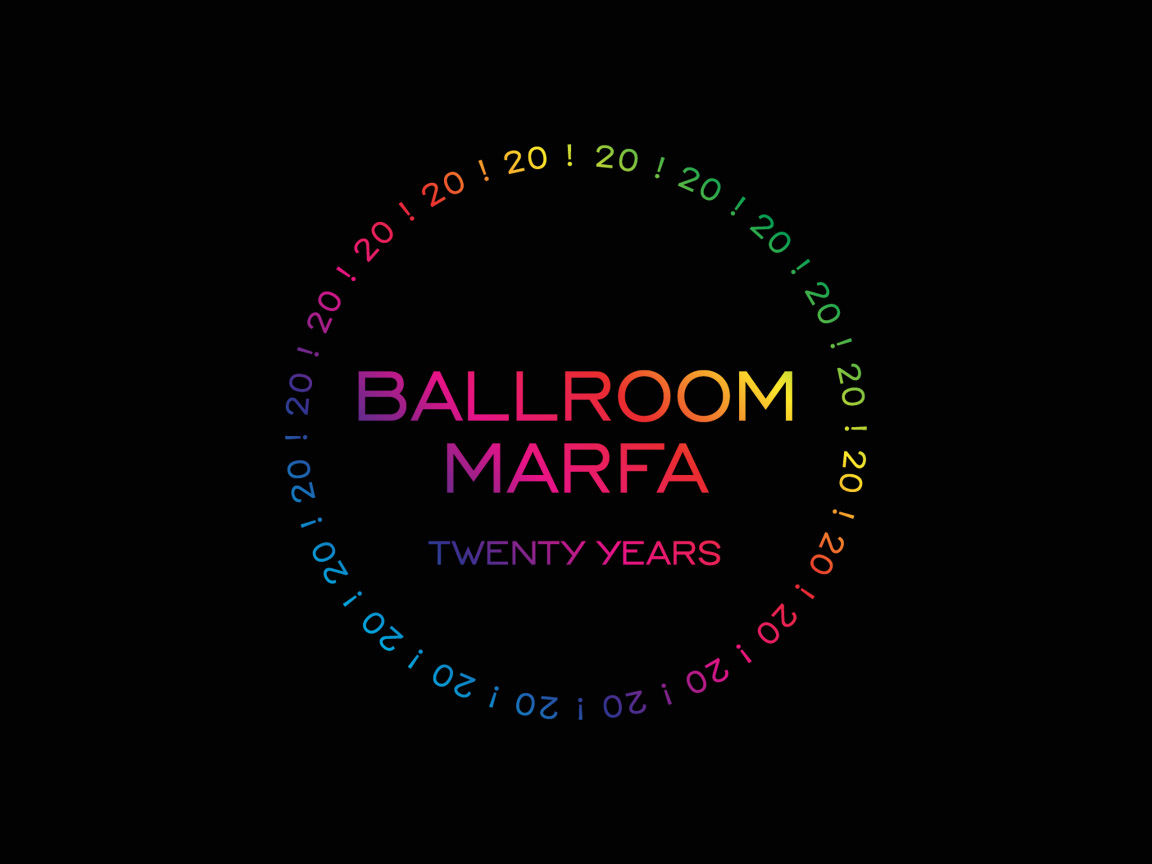Guitarist William Tyler on Randy Travis, Cadillac Deserts and the Power of Nostalgia
23 Jul 2013
William Tyler
with $3.33
8pm | August 6, 2013
Highland Annex, Marfa, Texas
$5 at the door
Listen to Marfa Public Radio’s Talk at Ten radio interview with William Tyler on Tuesday, August 6, at 10 am on KRTS 93.5 FM or via their online stream.
—————————————————–
In the early ‘60s a number of Western musicians began turning on to the mesmerizing sound of Indian ragas. The Beatles and Led Zeppelin are the most widely-known of these dilettantes, while composers like Terry Riley, La Monte Young, Simone Forti and Catherine Christer Hennix went all in, bringing transcendent drone concepts to the West as disciples of the luminous Hindustani singer and teacher Pandit Pran Nath. Likewise, sitarist Ravi Shankar found a new constituency among Western hippies, while Brij Bhushan Kabra started playing traditional ragas on guitar for Indian classical audiences.
We find Henry Flynt — self-described “cognitive nihilist,” visual artist and polymathic agent of cultural disruption — in between these two pop and avant-garde camps of early adapters. Flynt had the instinct to blend Hindu and hillbilly aesthetics, flawlessly merging the holy music of India with Western religious music, Southern blues traditions and porchfront finger-picking from Appalachian hollers. The result was the genesis of a new transnational folk music as the hypnotic structures of Indian devotional jams began a 40-year transmutation through guitars, banjos, fiddles, ouds, effects pedals and home-wired electronics by Sandy Bull, Robbie Basho, Peter Walker, John Fahey, Bert Jansch, Daniel Higgs, Jack Rose, Ben Chasny and their cohort.
Nashville-based guitarist William Tyler is a practitioner of such mystical music, and proof that these sounds are still a living, evolving tradition. Tyler’s reputation is well-known outside of his own music: his playing can be heard on records from Will Oldham, Lambchop, The Silver Jews and Charlie Louvin. But it’s on the albums under his own name where he stakes his claim as a member of the illustrious traditions outlined above.
His 2013 album, Impossible Truth, exists as part of this lineage, but avoids the trap of static revival by adding dimensions to the sound that are all his own. In particular he attributes the album’s origin to readings about Southern California, its relationship to apocalypse and ecological disaster as illustrated in Mike Davis’ Ecology of Fear, and the self-involved social dynamics of the Laurel Canyon scene explored in Barney Hoskyns’ Hotel California. He desribes the resulting LP as his “’70s singer-songwriter record; it just doesn’t have any words.”
Marfa-based musician Celia Hollander will be opening for Tyler in her $3:33 guise. Hollander makes electronic compositions that range from meditative pieces for keyboard and treated voice to collaged battle raps from underground YouTube MCs. Her music shares a similar openness to aesthetic cross-breeding, a sound born as much from the ominous heavy-lidded hip-hop of Three Six Mafia as the pastoral digital abstractions of Asa Chang & Junray.
We talked with Tyler earlier this month about his impending visit to Marfa, the visual art that inspires his music and the “Randy Travis Rule” for analyzing the unfolding sense of nostalgia in relation to popular music.
Why did you choose to come to Marfa?
I have been fascinated with Marfa for a while. I used to have a record label that focused on reissues called Sebastian Speaks and one of the artists I worked with was Collie Ryan. She is an incredible painter and singer who self-released some albums in the ‘70s, very astral sounding folk in the Baez/Buffy Sainte-Marie orbit. Collie lives near Terlingua and that got me interested in the region and its history. And then finding out more about the nature of the arts community that resides there and its very remoteness, it all just seemed like an amazing anomaly that I can’t wait to visit for the first time.
What have you heard about our town and the surrounding Big Bend region?
I’ve read a lot about the lights, and the filming of Giant, so pretty much the same stuff everyone knows I guess! I am fascinated with desert landscapes, they are very foreign to me as someone who grew up in the Mid South.
Have you spent much time in desert environments?
I took a train trip across Turkey and into Syria about three years ago and the landscape and the intense memory of the landscape was something that had a huge impact on the new album.
What’s the connection between “Cadillac Desert” the song and the book of the same name?
I loved the title and I was reading the book by Marc Reisner right before I recorded Impossible Truth. The album is largely a meditation on unsustainability, unchecked growth, apocalyptic musings, and I thought Reisner’s book perfectly touched on some themes I was already exploring.
Of course your music is often compared to John Fahey, but what other artists — finger-picked guitarists, visual, audio or otherwise — are important to you?
Composers like Terry Riley, Popol Vuh, Rhy Chatham, Gavin Bryars, Eno. Other guitarists, I mean I love everyone from Chet Atkins to Sandy Bull to Jimmy Page to Sonny Sharrock to Clarence White.
Visually I am really influenced by photography, Eggelston, Meyerowitz. And a lot of outsider and surrealist art; my parents had Howard Finster pieces around the house when I was a kid. I love the paintings of Redon. Filmwise, a lot of documentaries, Les Blank, Errol Morris, Herzog, Fred Wiseman. Kubrick and David Lean are huge touchstones for me.
What are you listening to as you drive between tour stops?
I do in fact love instrumental music, everything from guitar to classical to jazz to way out there industrial noise stuff. I listen to a lot of sports talk radio, anything weird AM radio-wise which usually means oldies or old country. I have to turn the dial if it becomes right wing talk stuff, which is pretty omnipresent. But the warm hum of AM radio I find very comforting.
Can you explain “The Randy Travis Rule” to our readers?
Roughly it’s a mathematical equation I came up with where the distance in years since the release of a country radio hit has a direct correlation to how nostalgic you feel about it. I came upon this theory when I realized that a lot of the stuff I grew up with in the eighties and nineties on country radio like Randy Travis and Garth Brooks now sounds quaint and comforting years later. Country music tends to age better I think. Some things you need to let sit for a while.
How does your own music work with nostalgia and memory?
I am fascinated with the power of nostalgia and memory and the way it informs our personal narratives and our broader cultural narratives. I am a pretty avid armchair historian and I feel like we assign a lot of false power to nostalgia. It’s the only way “we” as a culture tend to be reflective and it comes in weird bursts. People tend to search for a lot of broader meaning in the past, I guess that’s part of what attracted me to history in the first place although lately I have become aware that my real attraction to history is attempting to understand how we got to where we are and what we can learn moving forward.
William Tyler plays with $3:33 at the Highland Annex in Marfa, TX on August 6 at 8pm. Tickets are $5 at the door. More information at williamtyler.net and threethirtythree.bandcamp.com.






